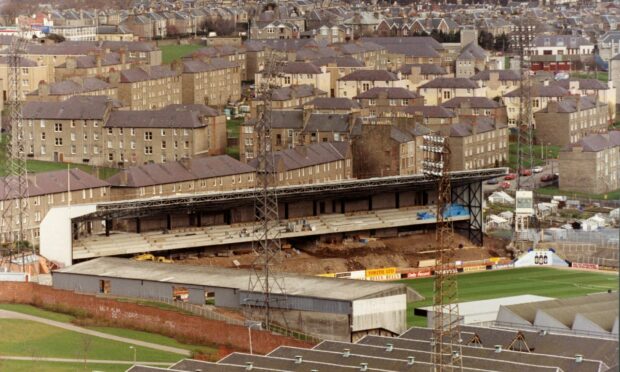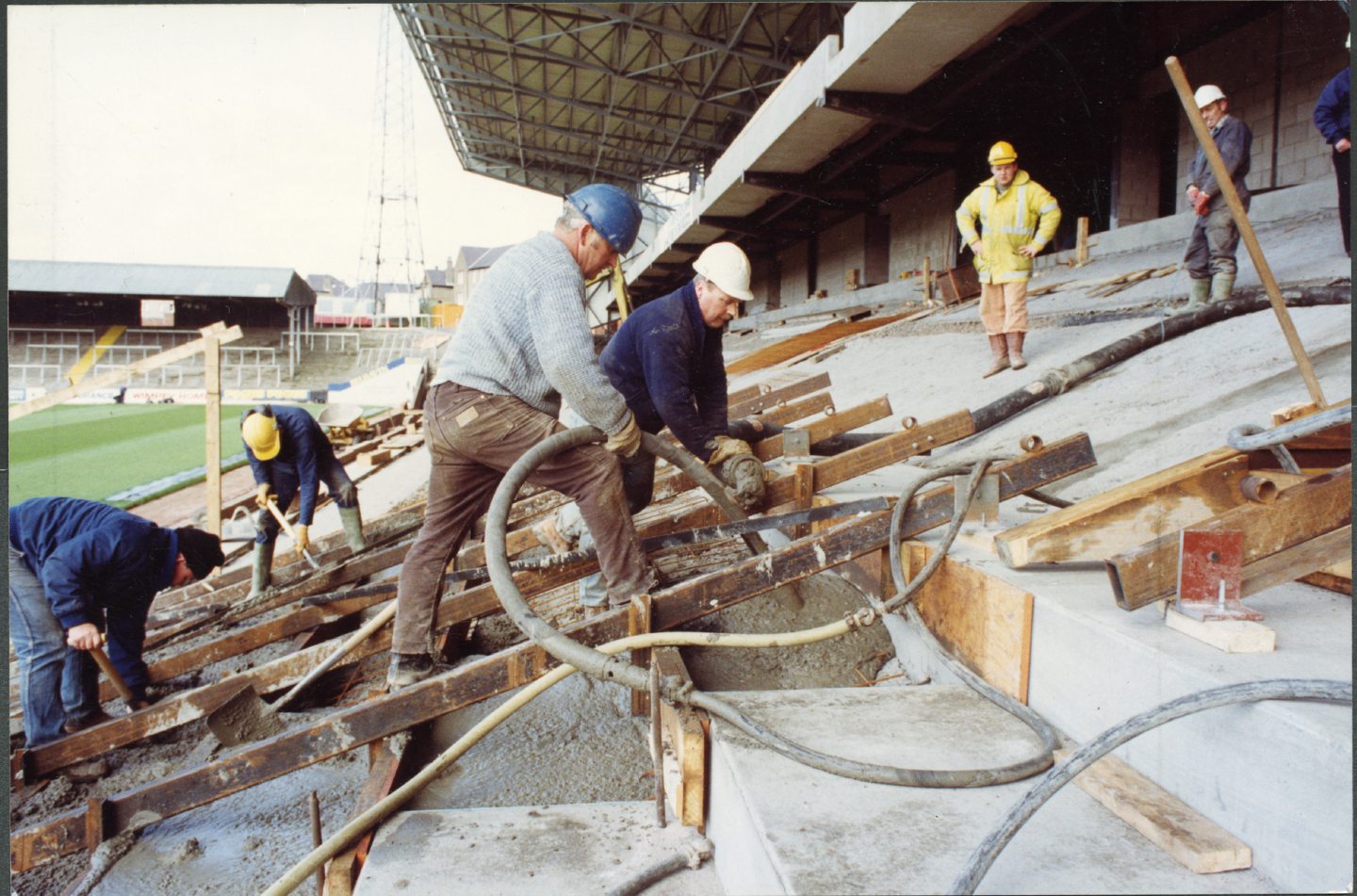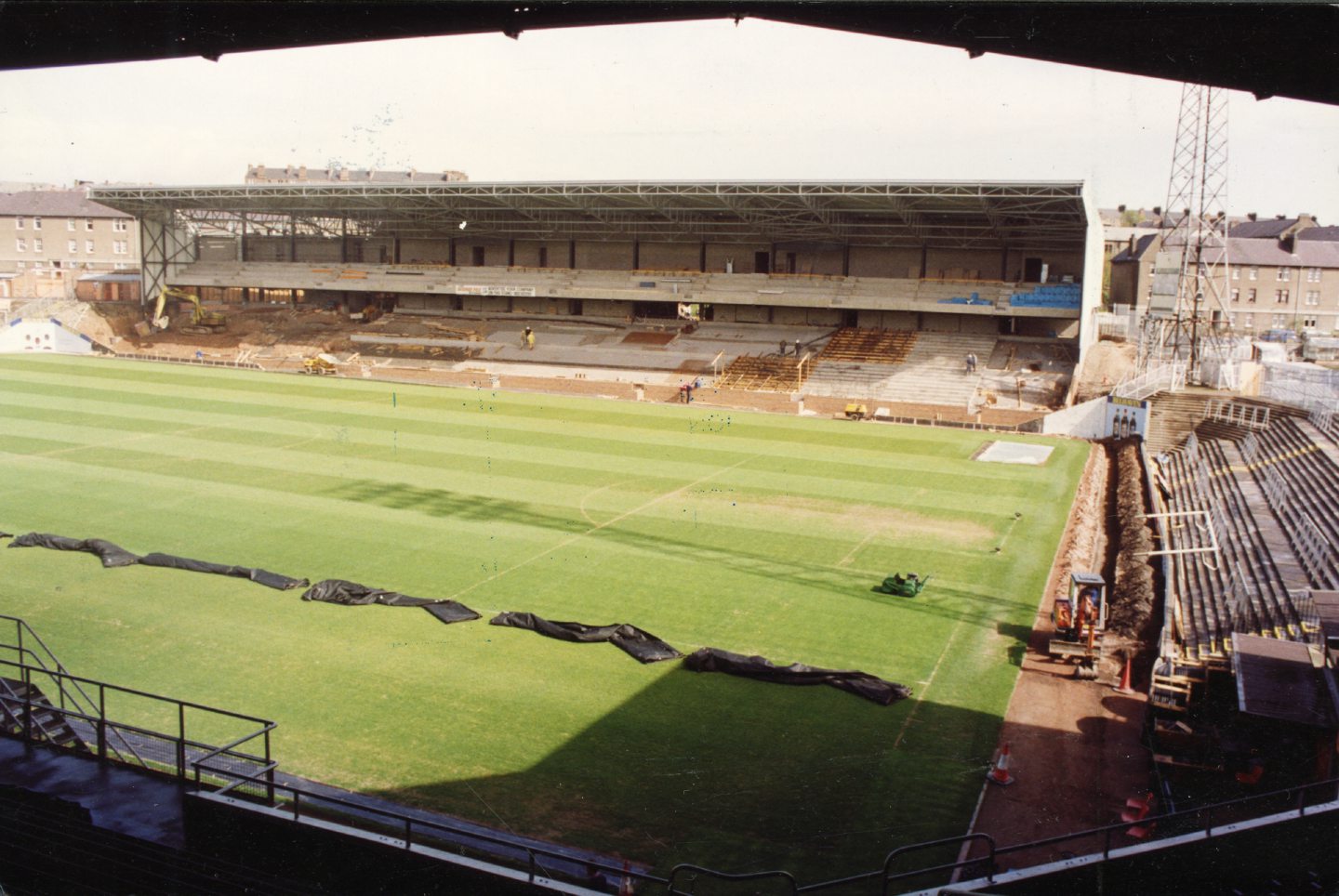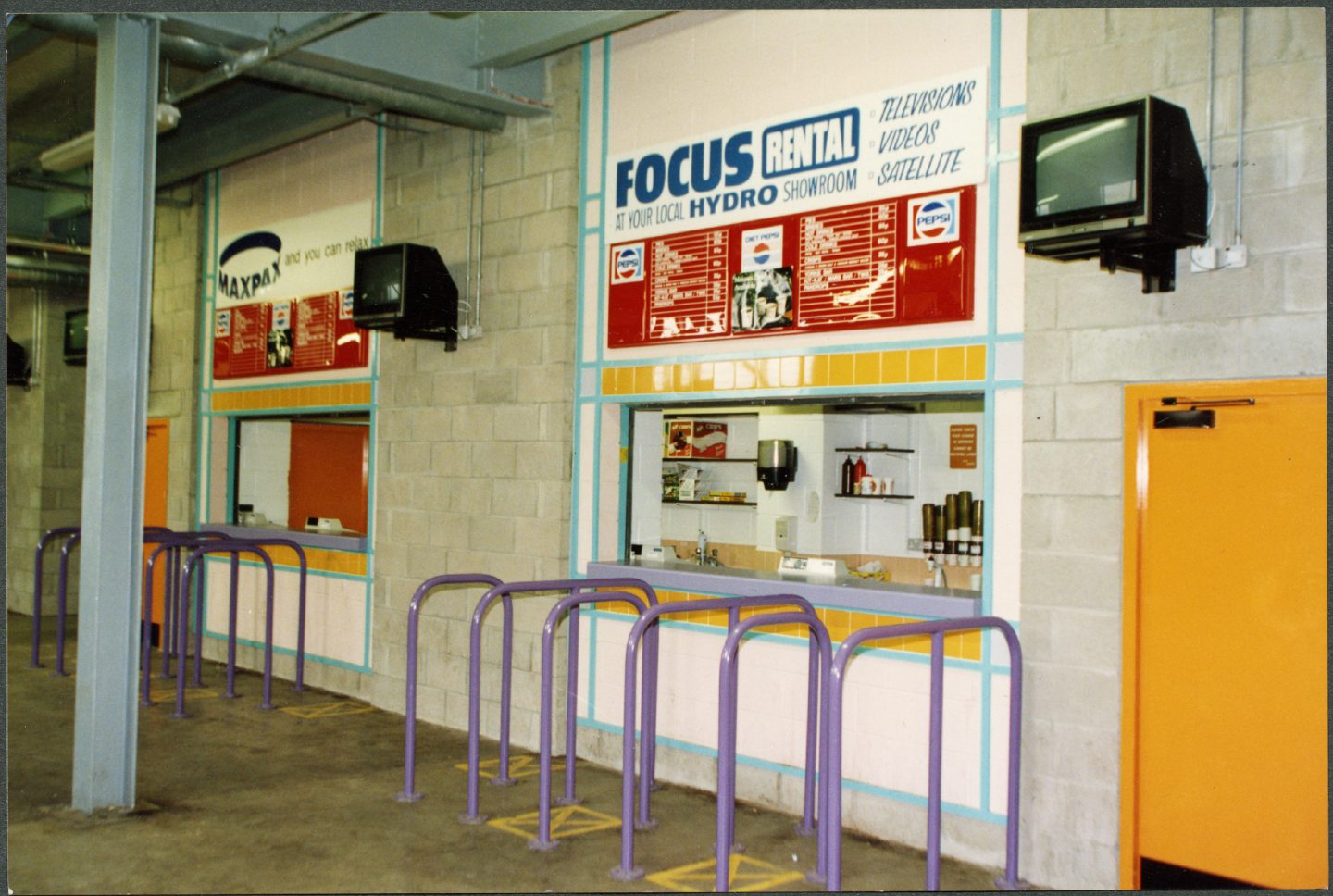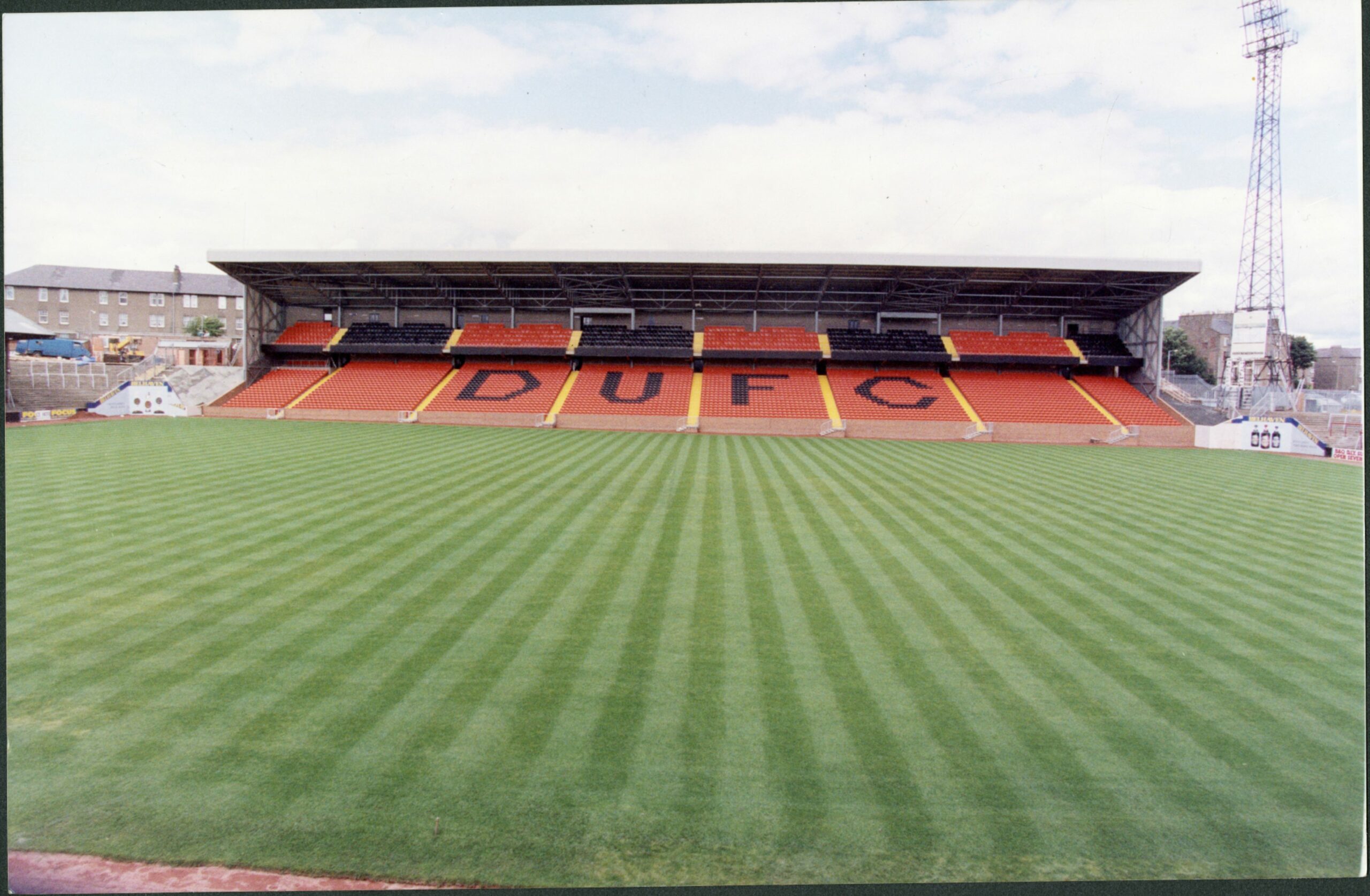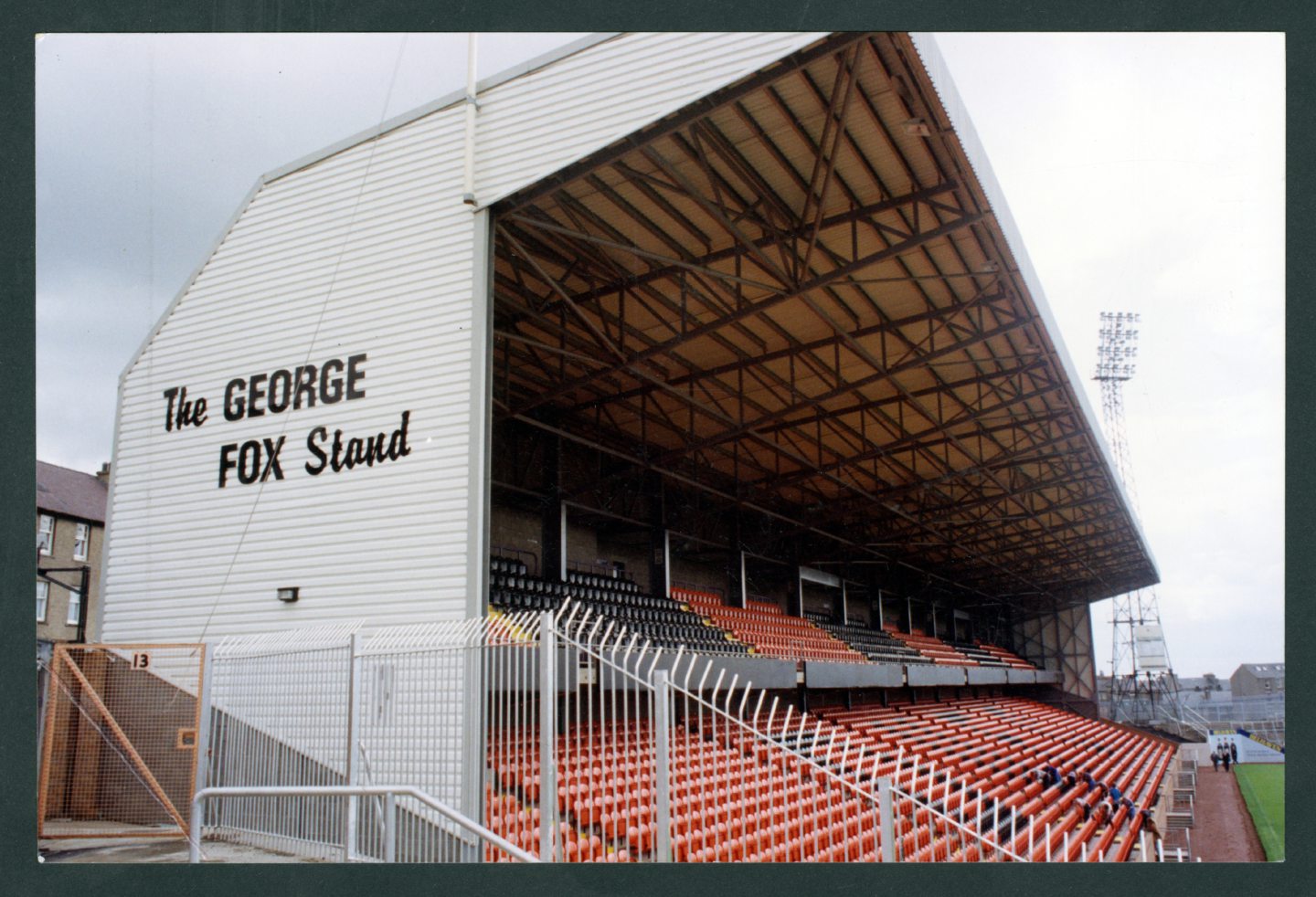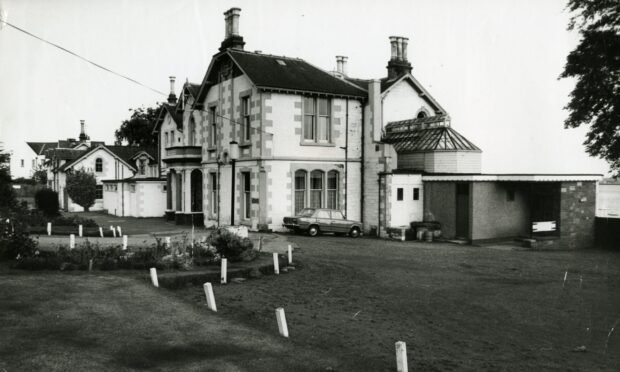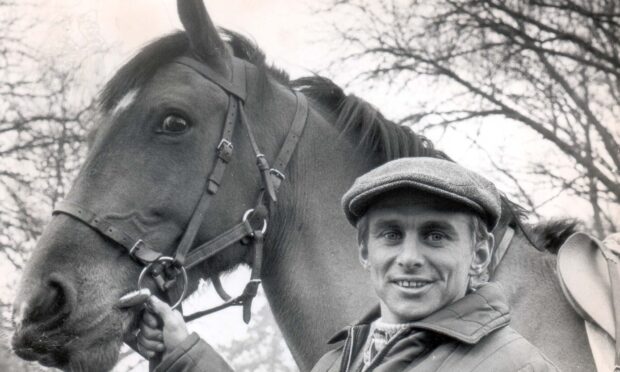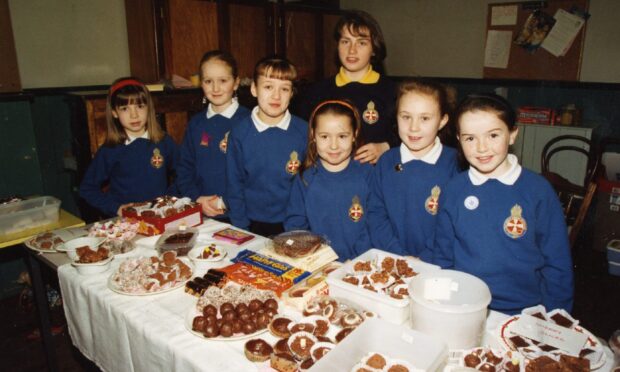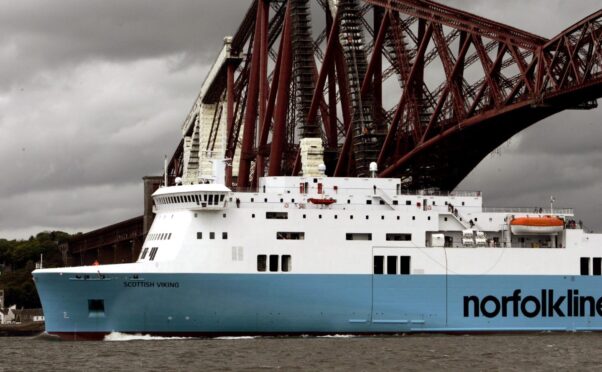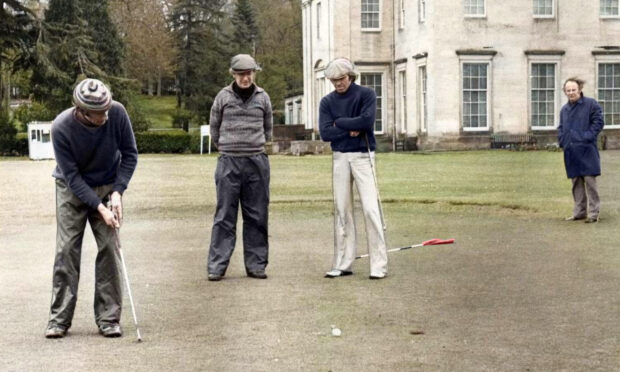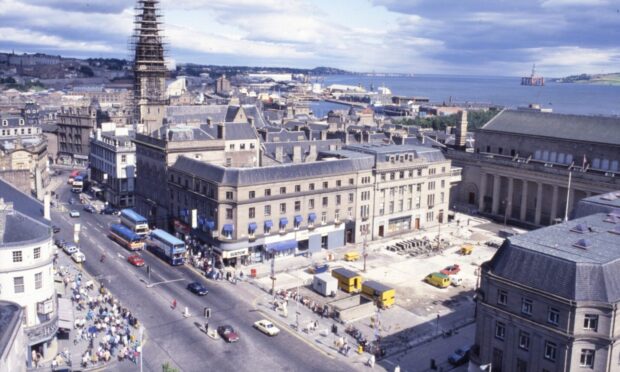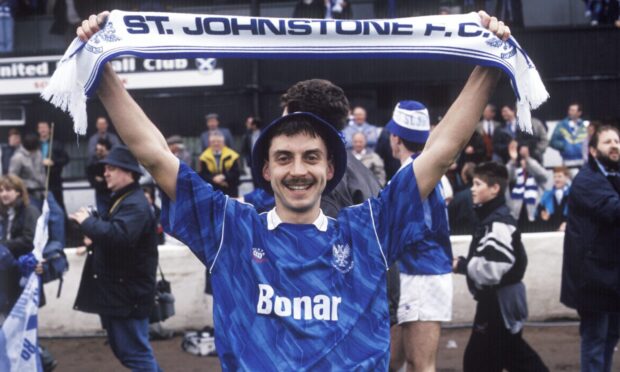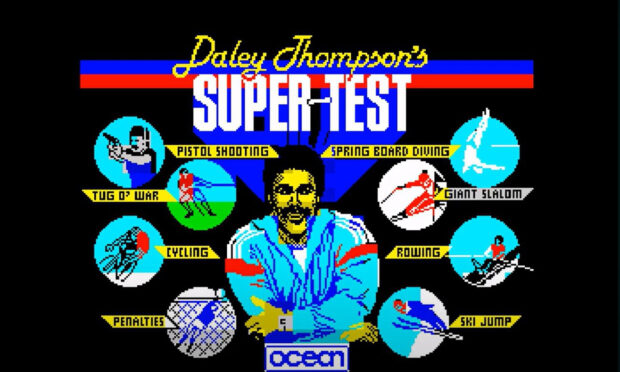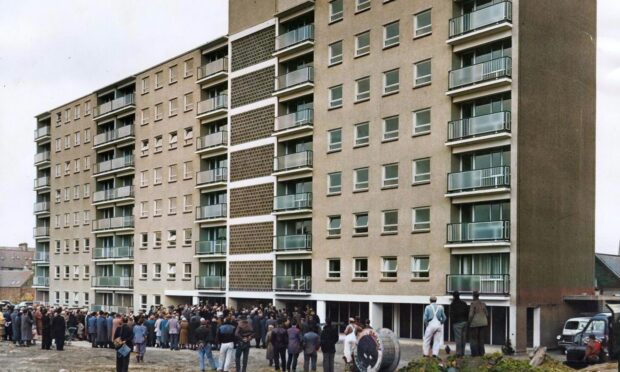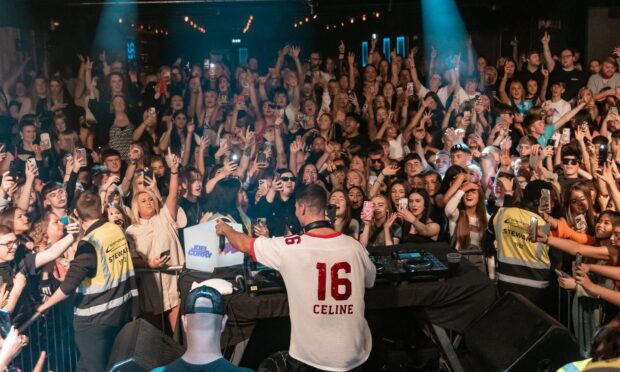George Fox lived to see his beloved Dundee United unveil their gleaming new stand at Tannadice.
He watched on as the George Fox Stand was opened in August 1992.
The club’s former chief would pass away on Christmas Eve 1993 – 100 years after it ceased to be Dundee Hibs and became Dundee United.
The beginnings of Dundee United’s success can be traced back to 1955 when Fox and Johnston Grant were invited to join the Tannadice board by Duncan Hutchison.
Fox became chairman in 1959 and the appointment of Jerry Kerr as manager sparked a resurgence that led to promotion, the creation of a full-time structure and the development of players such as Ron Yeats.
Fox oversaw Jim McLean appointment
By 1966 Kerr had established a strong squad with an international flavour and European football came to Tannadice with famous wins over Barcelona and Juventus.
United’s fortunes changed under his financial guidance and he stepped aside to allow his great friend and colleague Johnston Grant to take over as chairman in 1967.
Fox remained a director and oversaw the appointment of Jim McLean as manager in 1971 which prompted a prolonged period of success during the 1970s and 1980s.
United finished ninth, seventh and eighth in those first three seasons but reached the 1974 Scottish Cup Final against Jock Stein’s all-conquering Celtic.
Celtic proved too strong in a 3-0 win.
The League Cup would be kinder.
On December 12 1979, at Dens Park, the first major trophy in the club’s history was lifted thanks to a replay win over Alex Ferguson’s Aberdeen.
A year later, and back at Dens after a coin toss decided the venue, the trophy was successfully defended with another 3-0 win, this time over city rivals Dundee.
Scottish league champions in 1983, under McLean, the club also became known throughout Europe, reaching the semi-finals of the European Cup in 1984.
George Fox Stand a fitting epitaph
Fox returned as chairman in 1984 following Johnston Grant’s death which included the club’s run to the 1987 Uefa Cup final which ended in defeat against Gothenburg.
Whilst still in his role as manager, McLean became club chairman in 1988 and Fox remained a senior director at Tannadice before passing away at the age of 80.
McLean said at the time: “George Fox’s death is the end of an era at Tannadice.
“During all my time as manager, Mr Fox never once advised me to sell a player or cut staff. But there were numerous occasions when he told me he wouldn’t be selling.”
Former Dundee United historian Tom Cairns said the George Fox stand at Tannadice which opened in 1992 was a fitting epitaph to the long-serving club stalwart.
The erection of the £2.4m stand was the latest stage in the evolution, and improvement, of Tannadice.
Stand built from rubble of old Tannadice
This was a journey the club had been ever since it had been left with just the pitch after the previous occupants took every bit of the ground with them when they left.
“Since the 1870s football was played on what is known as Tannadice Park in Dundee but at that time was known as Clepington Park when leased to local side Dundee Wanderers in 1890,” said Tom.
“It wasn’t until May 1909 that Dundee Hibernian Football and Athletic Company came into being.
“The newly formed club then took over the lease from the owner much to the displeasure of The Wanderers who were rendered homeless and retaliated by removing every part of the ground leaving only the grass pitch.”
He added: “Dundee Hibs were then tasked with building a new grandstand and pavilion along with enclosing the ground, purchasing turnstiles, and the many sundries required to accommodate their first game in August 1909.
“Over the years Dundee Hibs became Dundee United but Tannadice Park despite lots of remedial work remained a basic, poorly maintained football park.
“The Shed was built in 1957 giving fans on the terracing for the first time at Tannadice a roof over their heads.”
Not until 1959 and the appointment of Jerry Kerr as manager with the remarkable financial assistance of Dundee United Sportsmen’s Club and their Taypools were large scale building plans put forward and acted upon.
Tom said: “By 1961 a new grandstand containing new offices, boardroom, gymnasium and dressing rooms to replace facilities which had been in use since 1909 was being built.
“During 1962 new high terracing and floodlighting had been added to make this an impressive and modern stadium.”
Jerry Kerr oversaw construction work
Manager Jerry Kerr was a joiner to trade and he played his part as clerk of works in charge of all building work during construction!
The main stand became the first in Scotland to have a glass-fronted lounge, which was opened in 1971 and overlooked the pitch.
Further improvements came when undersoil heating was installed during the close season of 1985, at a reported cost of £100,000.
For a period in 1990, Dundee United considering sharing a new stadium with Dundee FC, but decided instead to redevelop Tannadice in 1991.
Tom said: “Ground safety regulations forced all top clubs to provide all seater stadiums and Dundee United – between 1991 and 1997 – did just that.
“In January 1990 the board received a feasibility study to provide a 17,600 all seated stadium at a cost of £2.25m and a further report looking at a 20,000 capacity stadium.”
“In April 1992 United announced that the first of the new stands would be named in honour of club director George Fox their ex-chairman and director who had served for 37 years on the board,” he added.
“This stand would cost £2.4m and would accommodate 5,115 spectators.
“On August 8 1992 the George Fox Stand saw its first match, an exciting 1-1 draw with Hearts.
“The new East Stand was built, as before with the assistance of The Football Trust paying around 50% in grants.
“The Shed was redeveloped to an all seated enclosure in the summer months of 1994 and by late August of that year the new East Stand and all seated Shed were available for use.”
The stadium is a fitting epitaph to George Fox and Johnston Grant.
